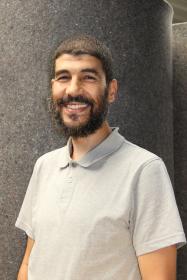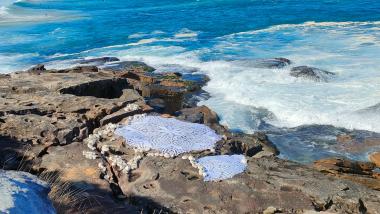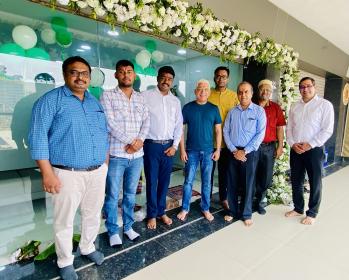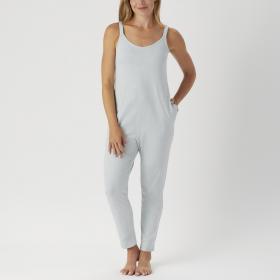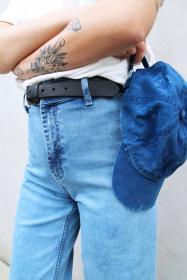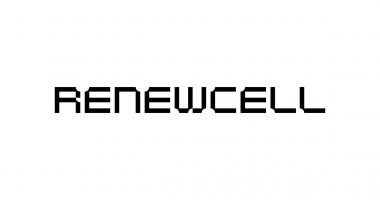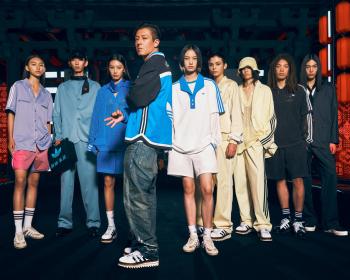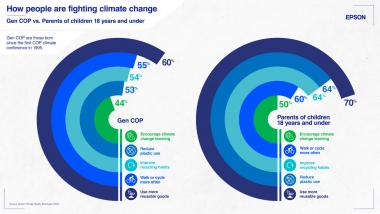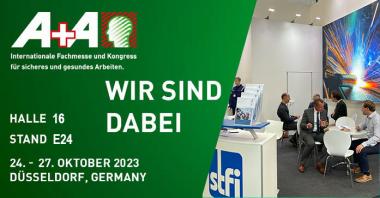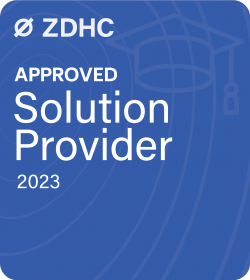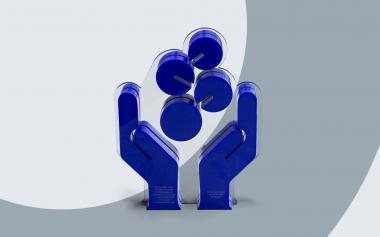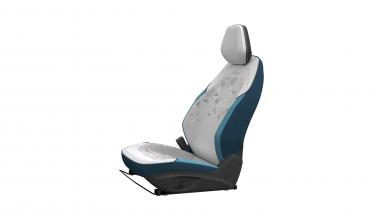FINDEISEN: Mohammed Fellah übernimmt Leitung Qualitätskontrolle
Mit sofortiger Wirkung übernimmt Mohammed Fellah die Leitung der Qualitätskontrolle beim Nadelvlies-Hersteller FINDEISEN in Ettlingen. Fellah ist seit 18 Jahren in verschiedenen Positionen im Unternehmen tätig, seit 2018 engagiert er sich im Bereich der Qualitätssicherung. Als Leiter der Qualitätskontrolle wird er auch die Verantwortung über die hauseigenen Prüflabore mit insgesamt 3 Mitarbeitern haben.
Er entlastet damit Ralf Winter, den Leiter Qualitätsmanagement und Entwicklung, der mit den freiwerdenden Kapazitäten primär die Entwicklung neuer und innovativer Produkte für FINDEISEN vorantreiben wird.
FINDEISEN GmbH


